Congratulations to the Trinity Class of 2024!
The Trinity Episcopal School community gathered in the Gym on Monday, June 3, to celebrate the 8th Grade Baccalaureate and Commencement for the Class of 2024.
Fifty-one students, including 9 Trinity “lifers,” received their certificates and a blessing from the chaplain team during the service.
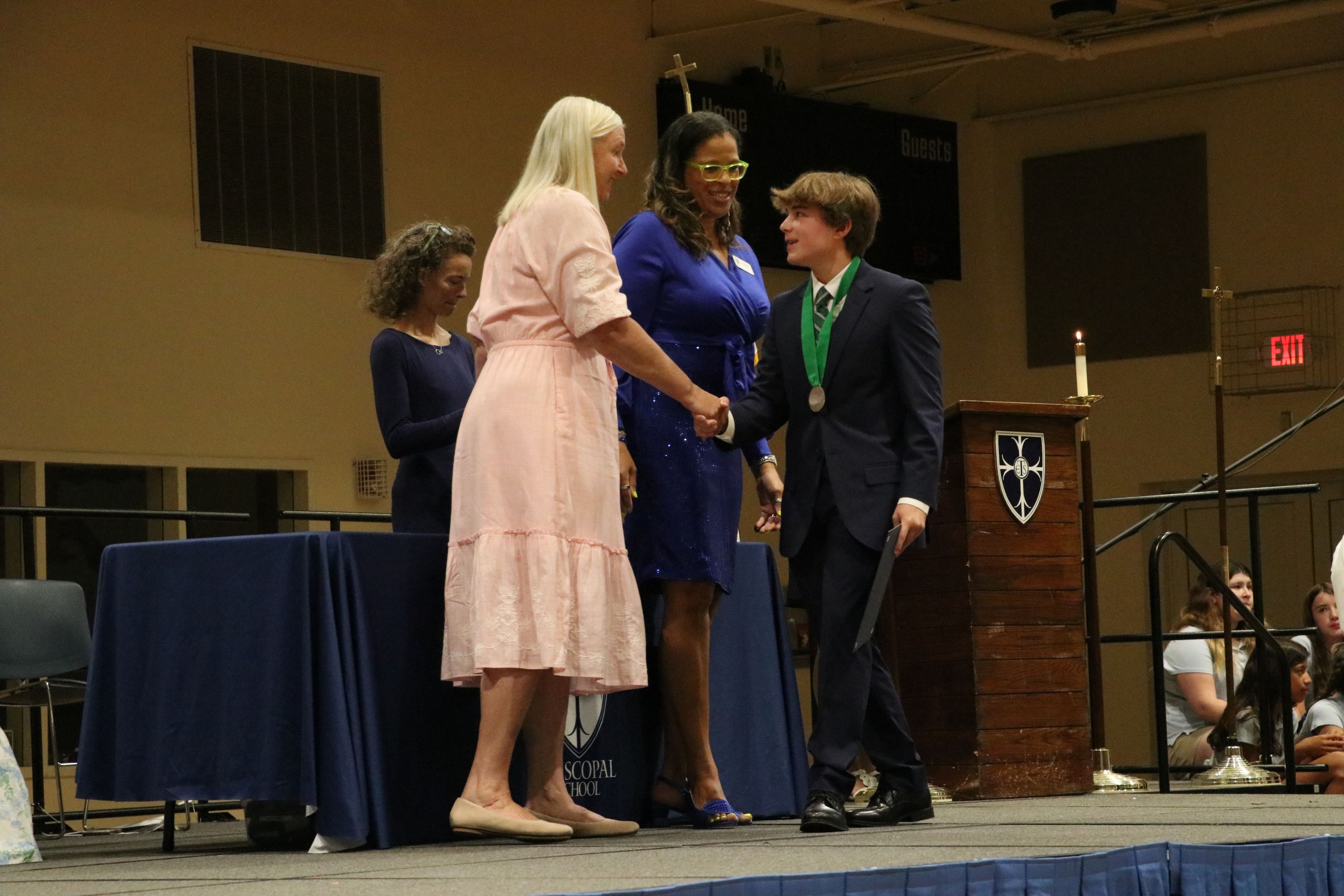
Awards were given to 8 students for their achievements and contributions to Trinity:
- Community Builder Award: Preston Beard and Finley Shaw
- Honor and Integrity Award: Lucy Lindvall and Henry Moeller
- Scholarship Award: Takudzwa Muvezwa and Liza Wright
- Spirituality Award: Carolyn Marino and Jack Totten
The awards were presented during the service by last year's recipients and were determined by nominations and voting by Middle School staculty members.
The Class of 2024 will continue on to 17 different high schools in the Charlotte area as well as schools in 3 other states.
“I am filled with immense pride and admiration for each of you. You have not only excelled academically but have also demonstrated resilience, creativity, and an unwavering spirit,” Head of School Imana Sherrill told the students. "Embrace the journey ahead with an open heart and a curious mind. You are ready for high school, and we are all excited to see the incredible things you will achieve individually and collectively."
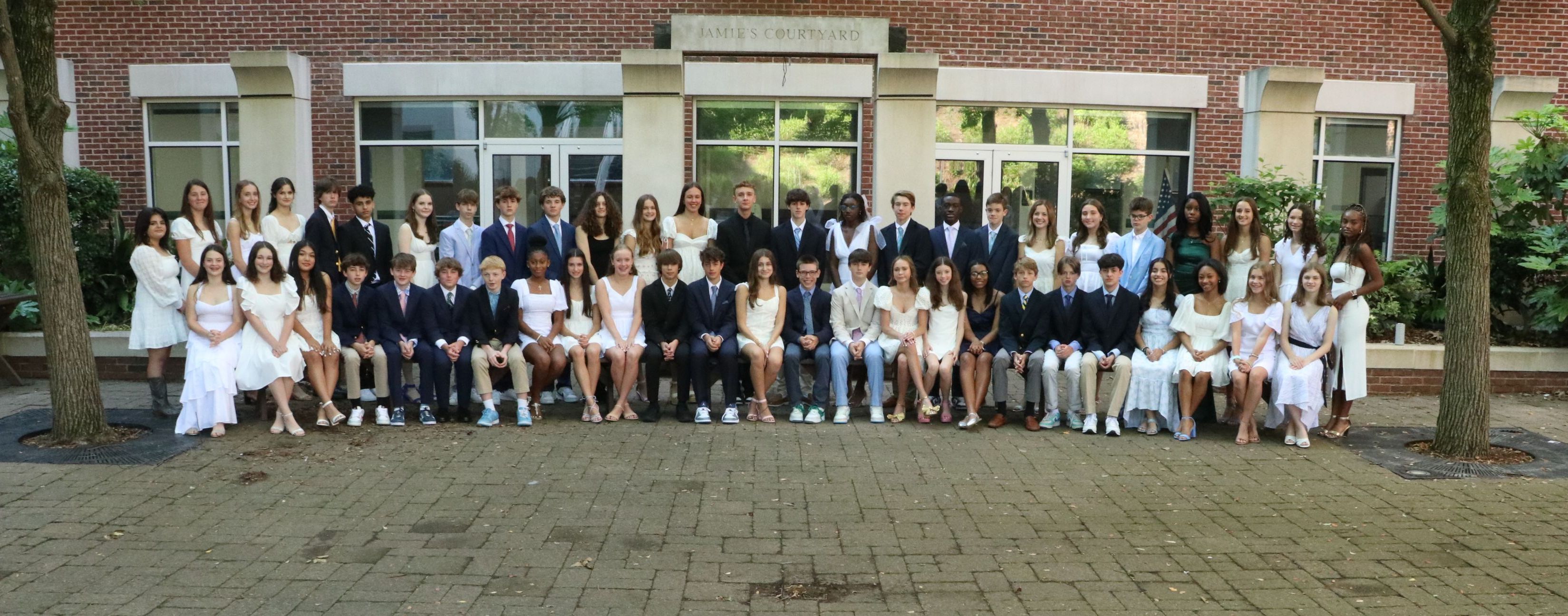
8th Grade Visits D.C. to Advocate for Community Needs
46 Trinity 8th Grade students traveled to Washington, D.C., in May as they capped weeks of work in their Seminar class on how to lobby for community needs.
The D.C. trip is a student-led process, from picking the topics they will advocate for, to scheduling meetings with lawmakers and lobbyists, to navigating their groups to their meetings and keeping their groups on schedule during the three days of advocating.
Students advocated for community resources for victims of gun violence, economic mobility, a minimum wage increase, affordable housing, and transparency in healthcare costs.
“What's really unique about this trip is that it's not a tourism trip,” said Assistant Head of School for Academics Stephanie Griffin, who teaches one of the Seminar classes and traveled with the students. “This is a trip, at its heart and soul, that's all about advocacy.”
During a visit to the U.S. Capitol, students met with Charlotte Rep. Jeff Jackson and presented their topics in hopes of garnering his support for legislation.
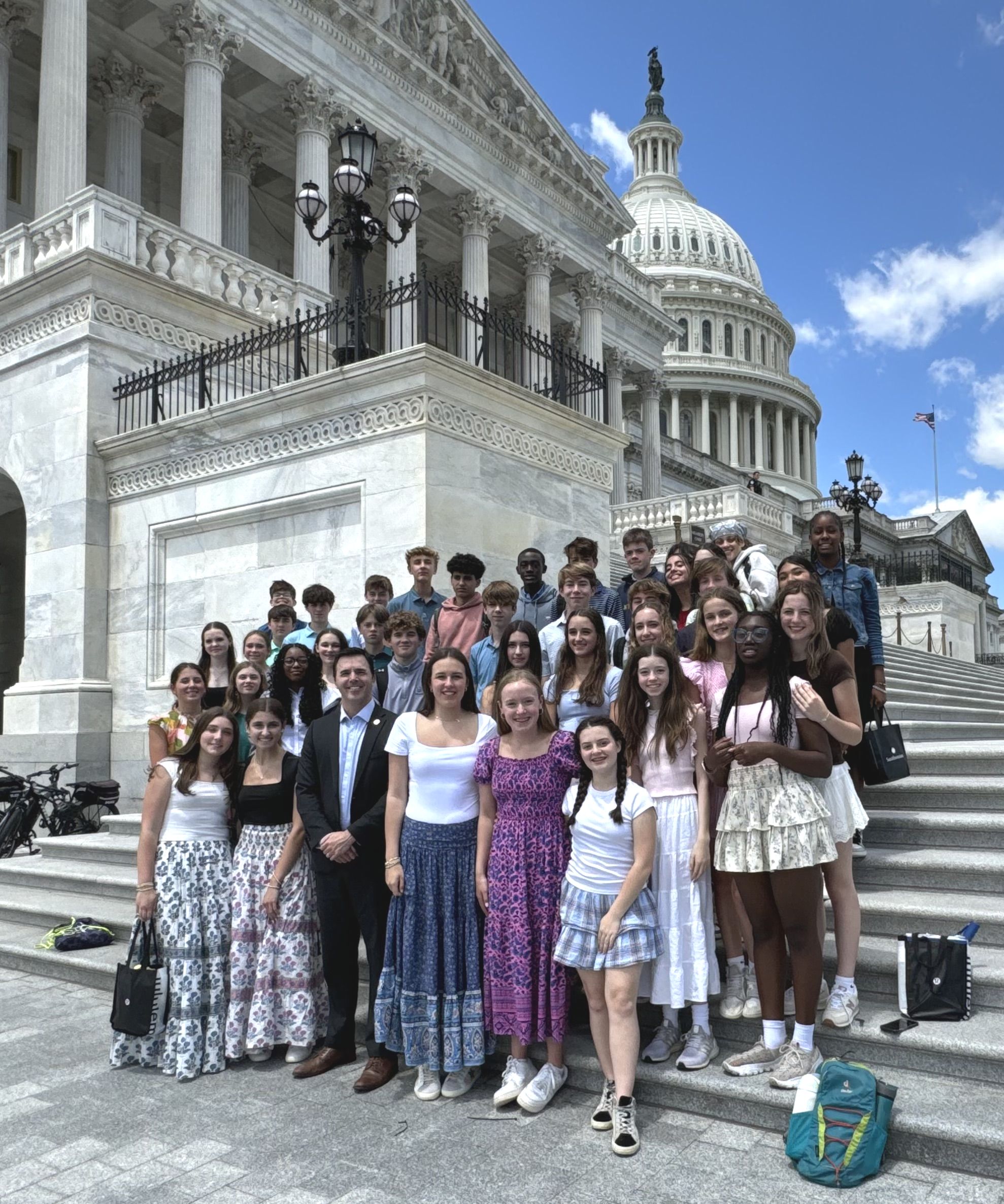
Students also discussed their topics with staff members from the offices of Representatives Alma Adams, Dan Bishop, and Deborah Ross of North Carolina, and Bobby Scott of Virginia, and Senators Ted Budd and Thom Tillis of North Carolina, Shelley Moore Capito of West Virginia, John Hickenlooper of Colorado, Sherrod Brown of Ohio, and Chris Murphy of Connecticut.
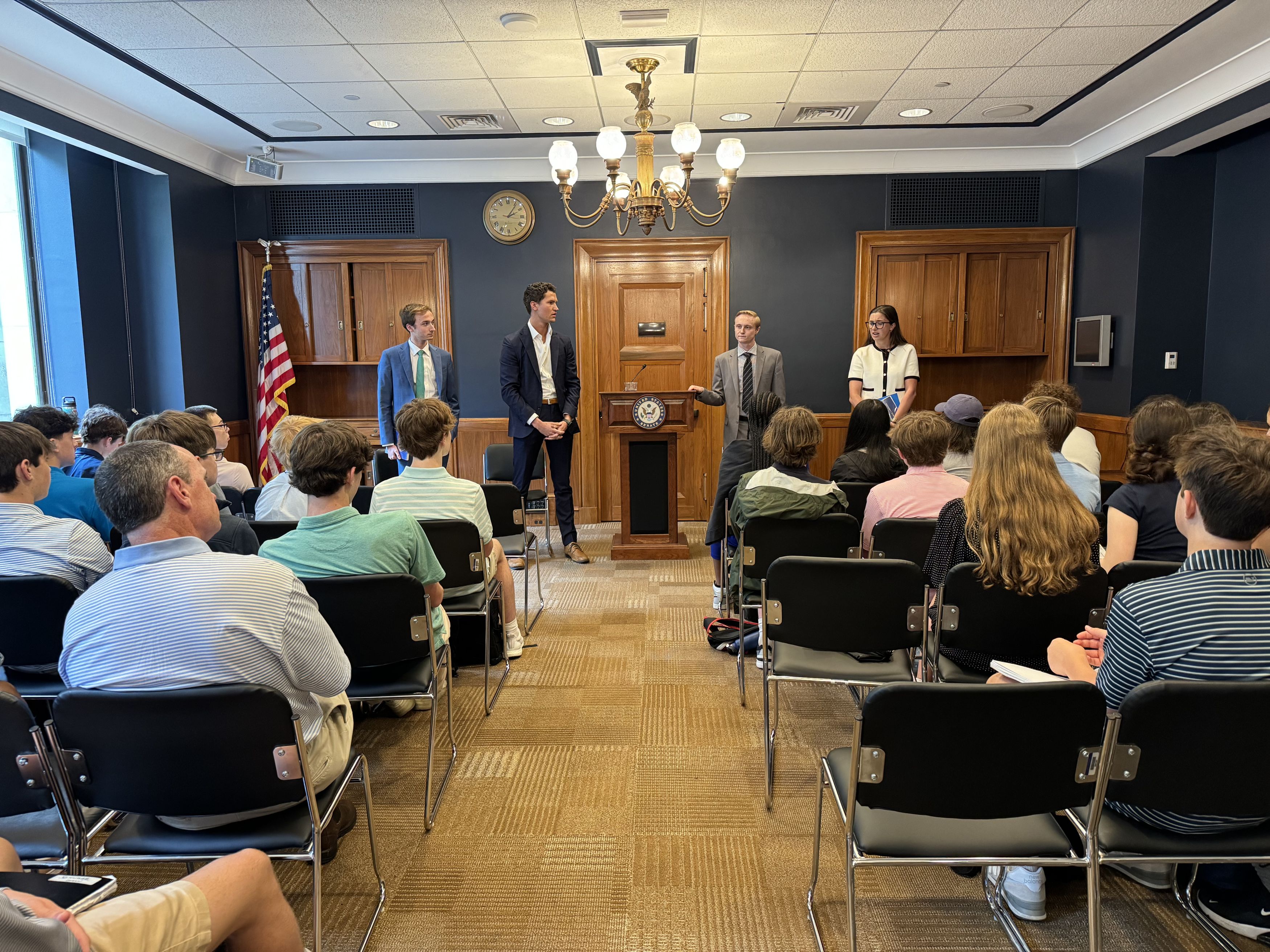
Representatives from Moms Demand Action for Gun Sense in America, the U.S. Department of Labor, and the National Low Income Housing Coalition also helped prepare students for their congressional meetings while in Washington.
Trinity Introduces Strategic Plan, "New Chapter: Same Story"
Trinity Episcopal School is excited to introduce to the community a strategic plan for Trinity's future: New Chapter, Same Story.
As Trinity approaches its 25th year, this strategic plan outlines goals, initiatives, and action plans, with a series of priorities for the school’s faculty, families, and future.
While this is a new chapter in Trinity’s story, our mission remains as clear as ever and this plan incorporates the vision of the Board of Trustees and Head of School Imana Sherrill for moving Trinity forward.
“Through this strategic plan, we are showing our commitment to the outstanding educators and families who allow Trinity to live fully into our mission,” said Amy Colaco, chair of the Trinity Board of Trustees.
To learn more about the strategic plan and its goals, visit TESStrategicPlan2024.com.
Head of School Imana Sherrill Named to "40 Over 40" List
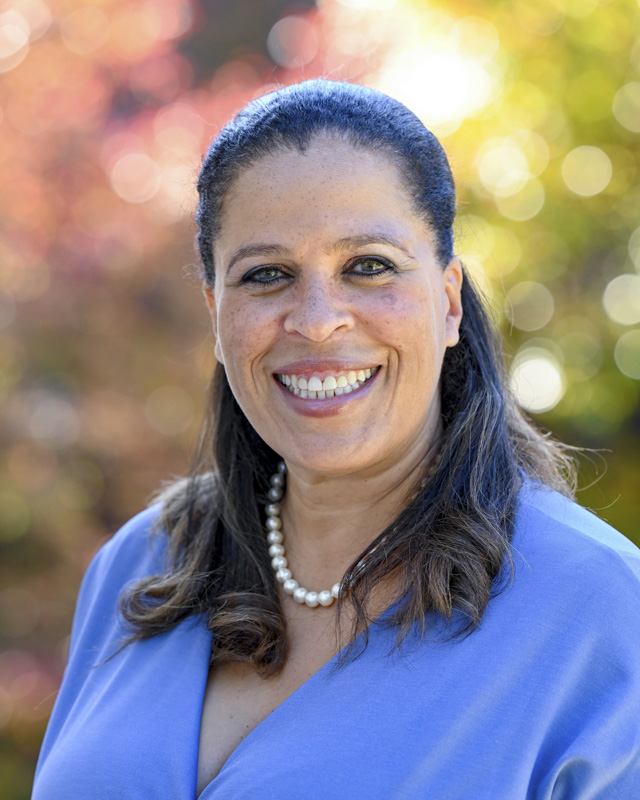
Head of School Imana Sherrill was named one of The Charlotte Ledger's “40 Over 40” for 2024. The annual list, in its fifth year, recognizes community members for their work.
Mrs. Sherrill was recognized for “foster(ing) a welcoming culture at Trinity” and building relationships with students, staff, and community organizations.
The recipients were celebrated at an event on April 30.
To read more about the "40 Over 40," including other recipients of this year's award, click here.
Wildcats Win Historic Basketball Championship

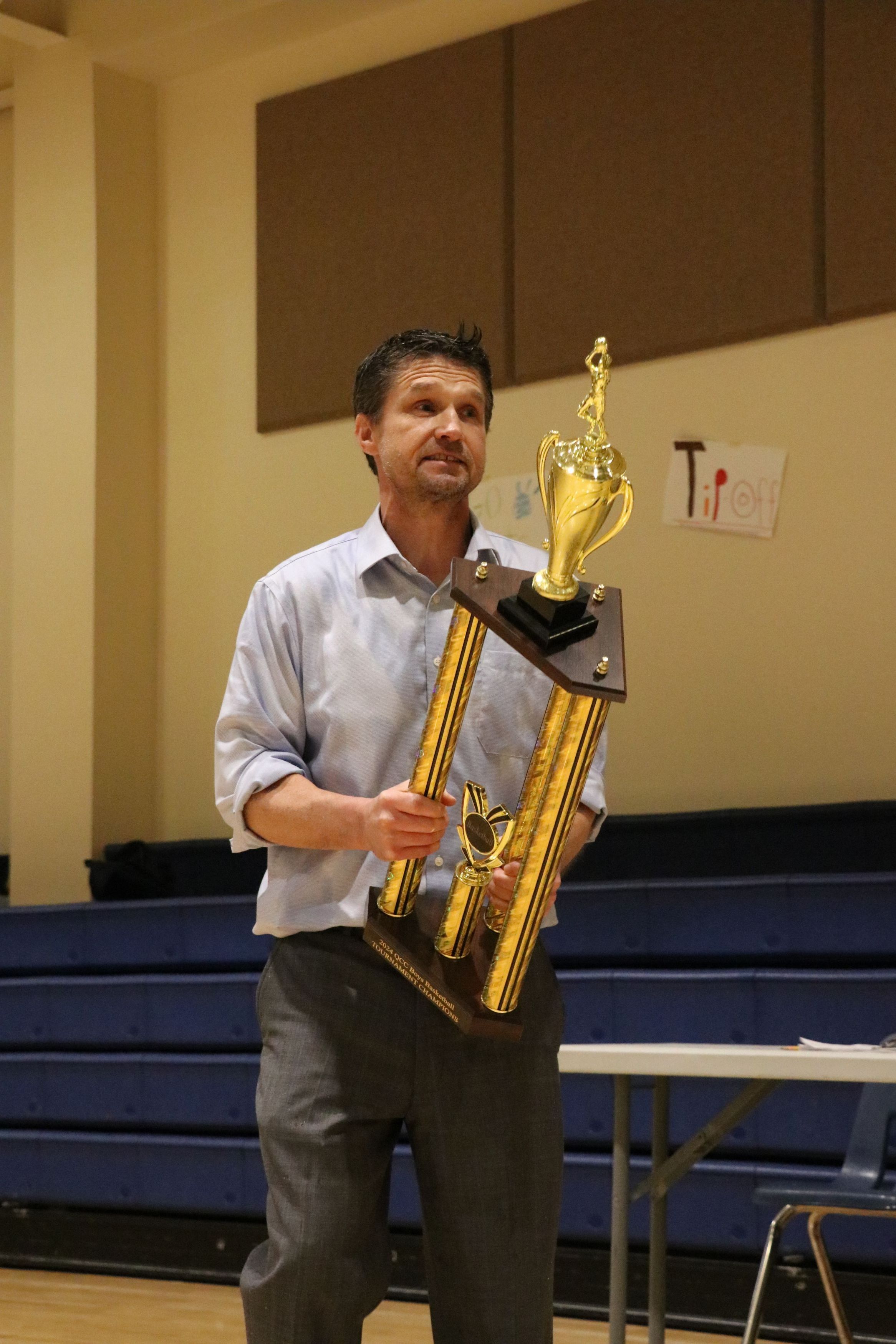
For the first time in school history, the Trinity 8th Grade boys' basketball team won the Queen City Conference championship on Feb. 8 to cap their undefeated season.
"I can't explain how much energy has gone into trying to win this tournament championship over the last 20 years," said Coach and Athletic Director David Martin.
The championship was clinched in a 54-23 victory at home over Carmel Christian. Coach Martin applauded Carmel for the team's “incredible sportsmanship” during the season and in years past.
Martin has helmed the basketball team since its beginning in 2004 when he joined Trinity. By his count, some 250 students have played on the 8th Grade team in that time and there have been many close brushes with the championship win. Some of those alumni were on hand to witness this year's victory.
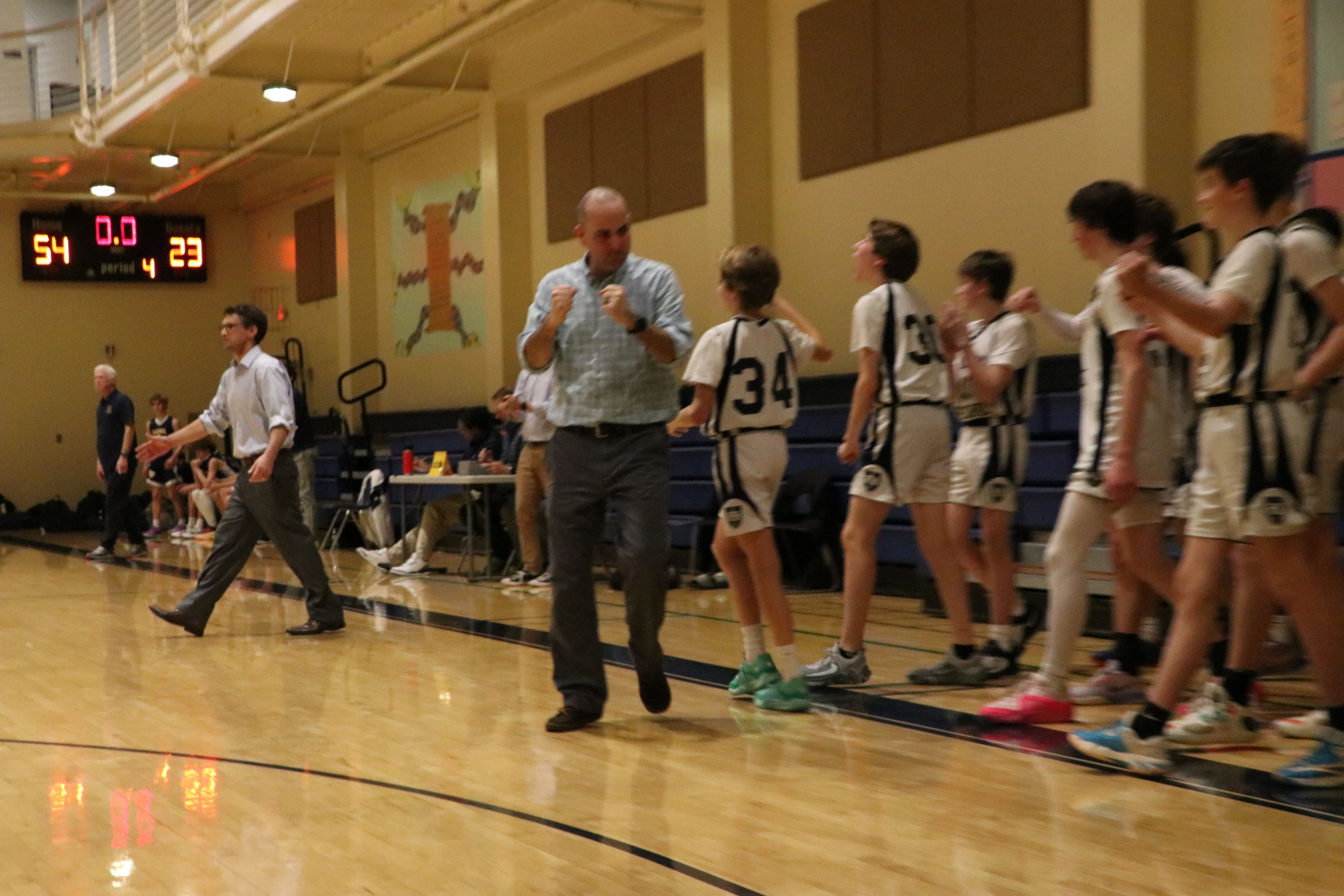
“For 20 daggum years, I have thought about this moment pretty much nonstop,” Martin said. Of this year's team, he said “(t)heir relentless teamwork put on a show every single time.”
Joining him in leading the team was Assistant Coach Jason Martin, another longtime Trinity staculty member. “To say he goes above and beyond, way way way beyond his job description, to ensure each child has as positive experience as possible is an understatement,” David Martin said.
While the championship trophy holds certain esteem, David Martin said another item “will always hold the place of honor”: a clay statue of himself and Jason Martin that team members made in art class and presented to the coaches after the victory.
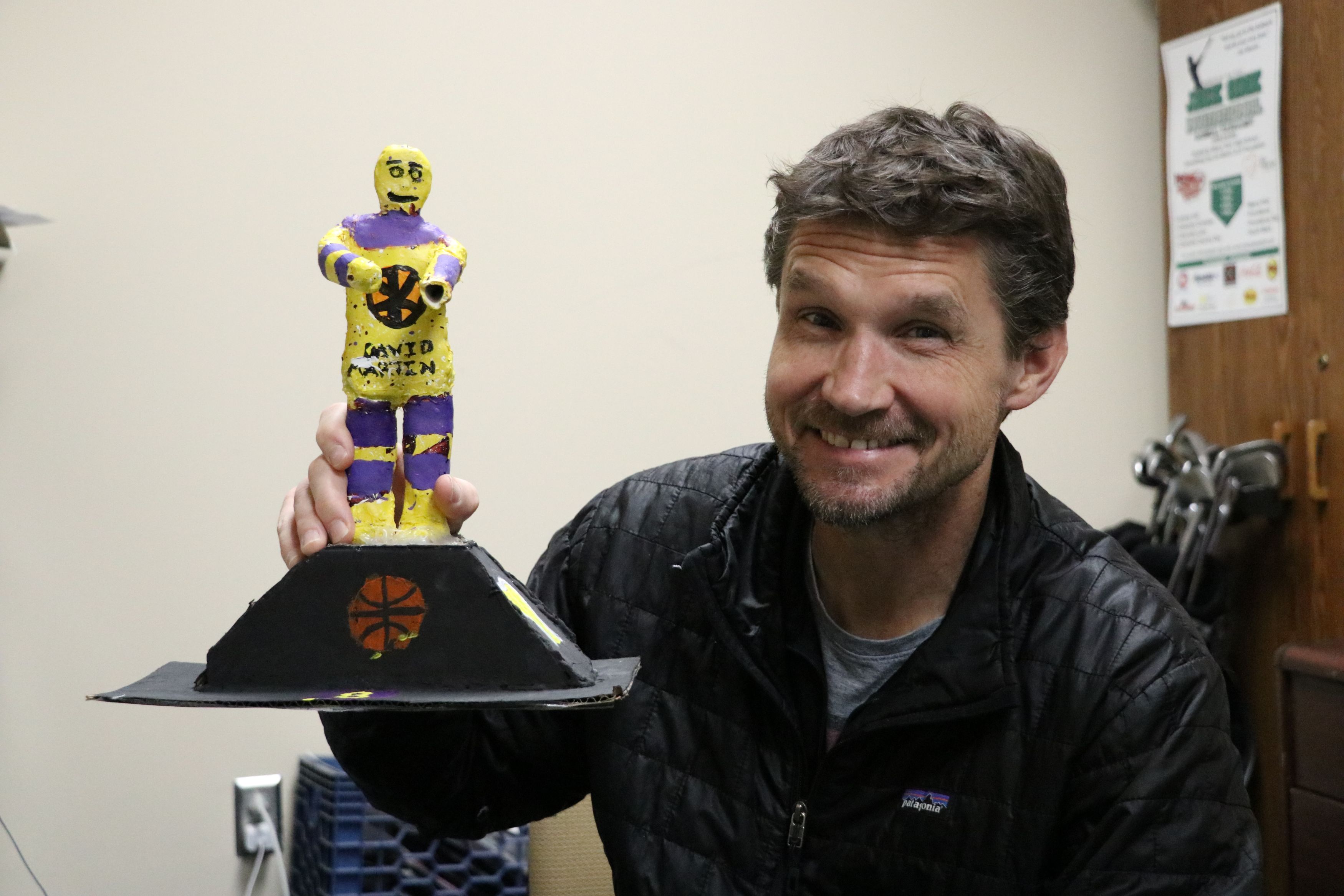

_Page_01.jpg)